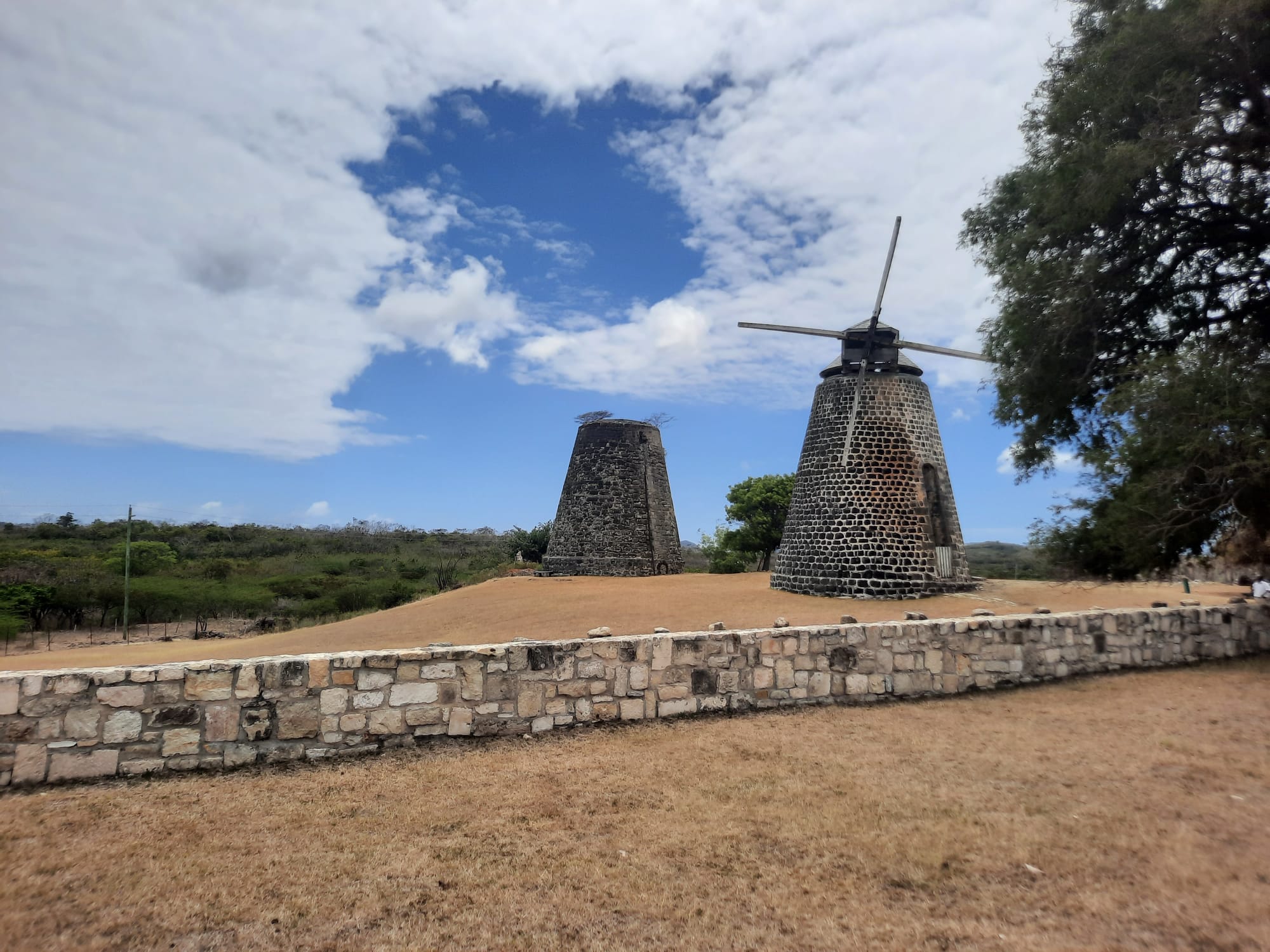Betty’s Hope, Antigua
Once the largest of the Codrington family’s 150 Antiguan sugar plantations, Betty’s Hope is today an important place of learning and memory.
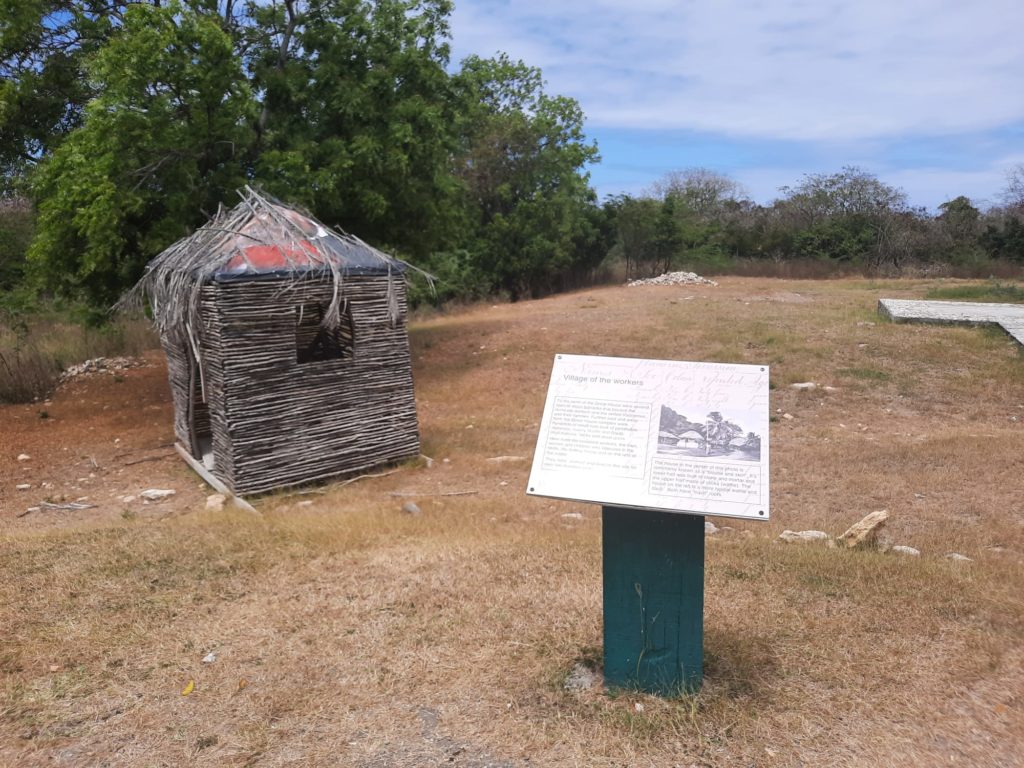
The Codringtons and Betty’s Hope
Perhaps it is not a good idea to start a post about a site such as Betty’s Hope with a history of the enslavers rather than the enslaved. But the Salterton Arts Review always aims to contextualise, and the Codrington family are an important part of the context in this case.
The Codrington name crops up frequently in Antigua and Barbuda, as well as elsewhere in the West Indies. But who were they? Their story starts in the 17th Century. Christopher Codrington, with roots in Gloucestershire, arrived in Barbados around 1640. He made a small fortune which he left to his son, also Christopher. This younger Christopher attracted scandals which made it beneficial to expand his interests outside Barbados. He went on to build up the largest land holdings in Antigua, a lot of which became sugarcane plantations. In 1685, with his brother, he leased the entire island of Barbuda to raise livestock. There are dark but unproven rumours about other activities taking place there.
Betty’s Hope, named for Christopher Codrington’s daughter, was the largest of the Codringtons’ estates/plantations. It was a flourishing enterprise underpinned by the labour of enslaved people. After the abolition of slavery in 1834 many workers continued on as employees. The estate remained in Codrington hands until 1944 when they sold it to Antigua Sugar Estates Ltd. A remarkable continuity demonstrating the very deep roots between some English families and Caribbean history.
As a prominent family for centuries, Betty’s Hope is not the only place considering today how to present their history. Oxford University, for example, has recontextualised its Codrington connections by making clearer the links to enslaved labour. Betty’s Hope, as an in situ physical reminder of Antigua’s links to the sugar industry and slavery, preserves an important aspect of this story.
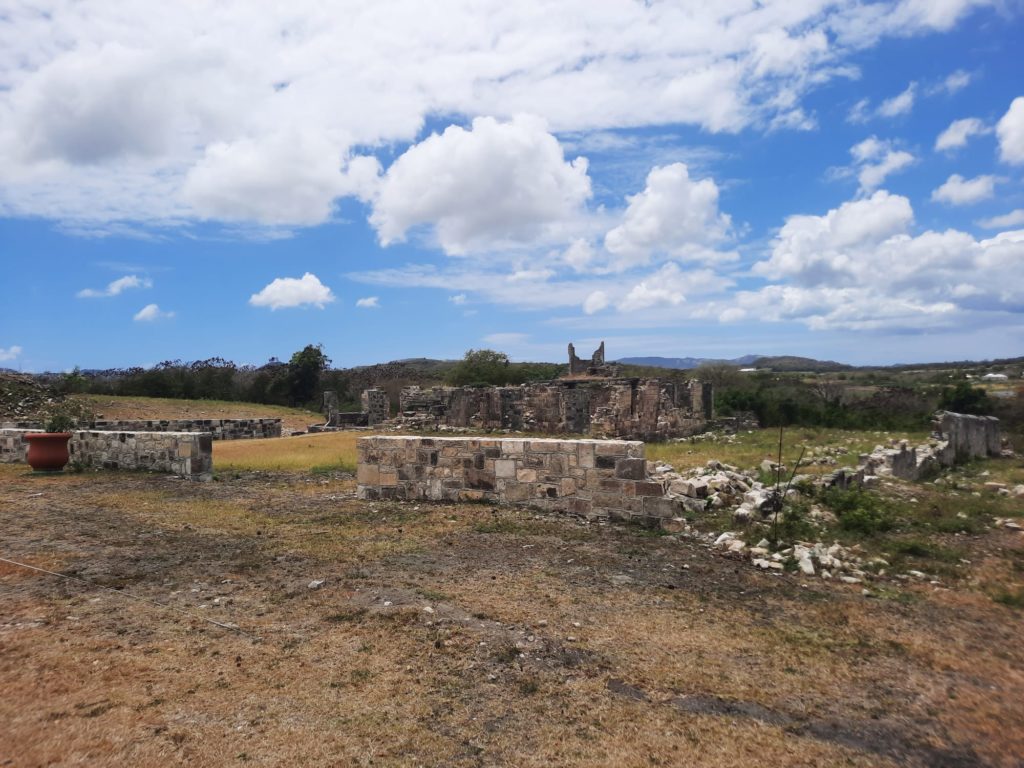
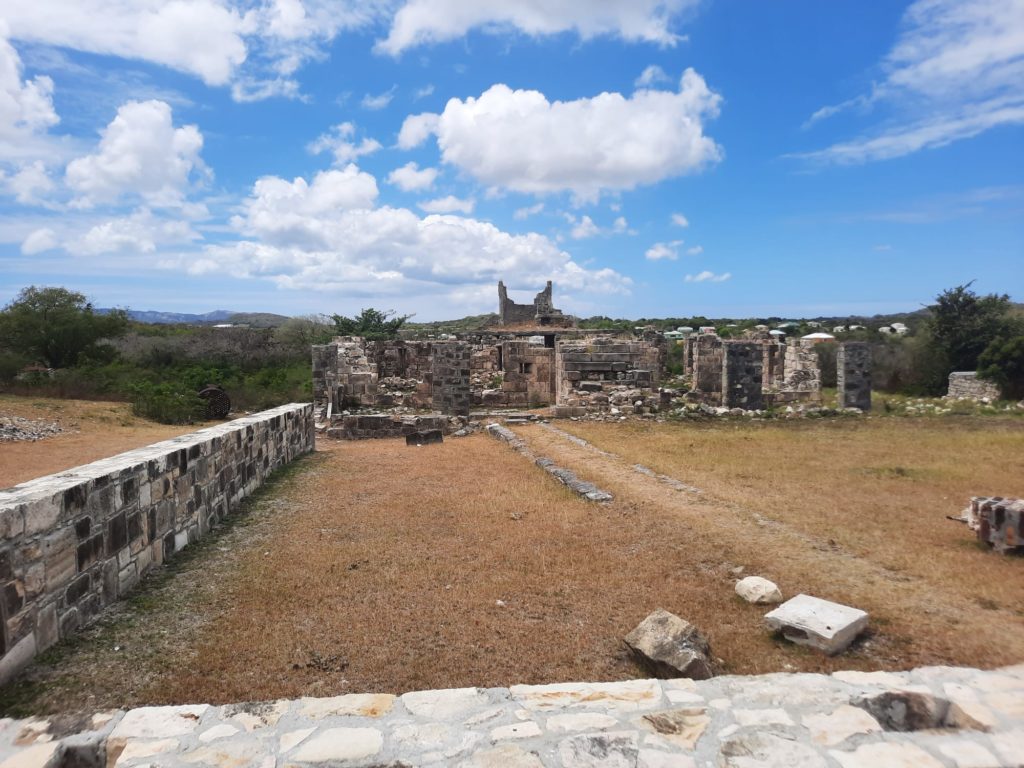
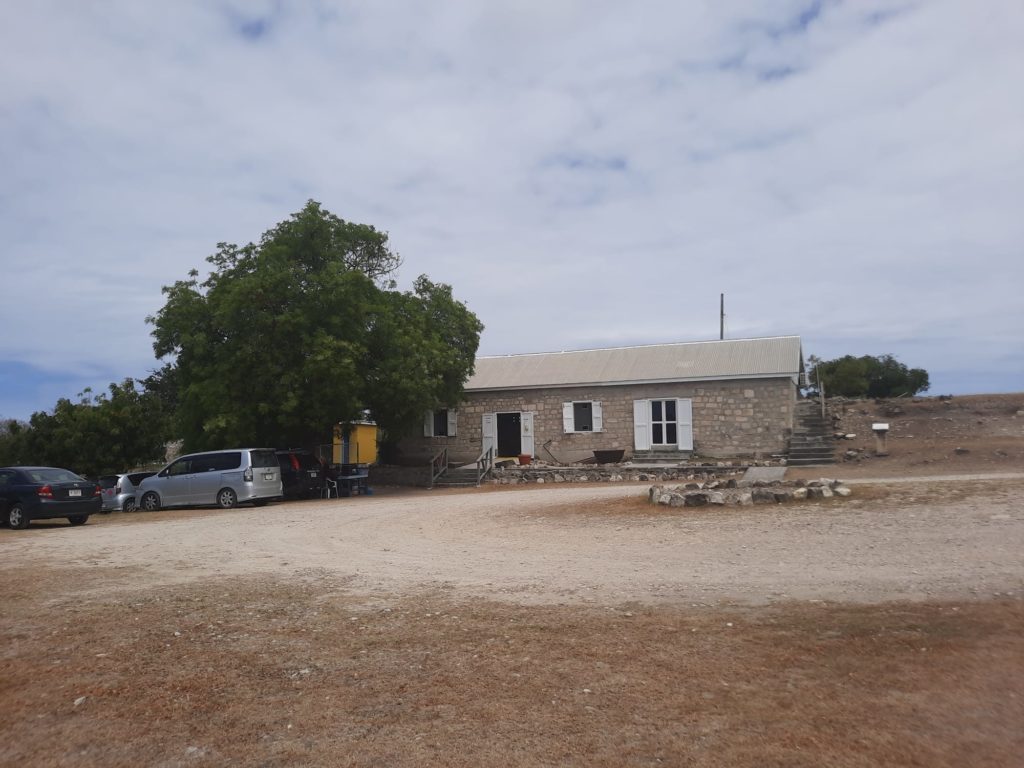
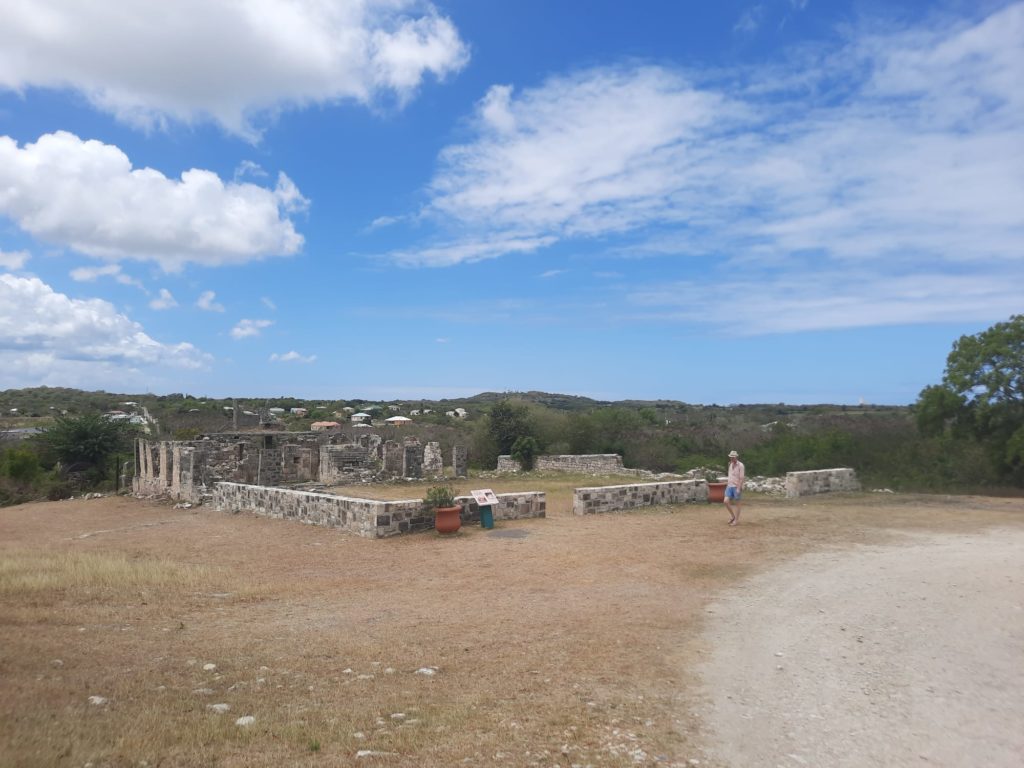
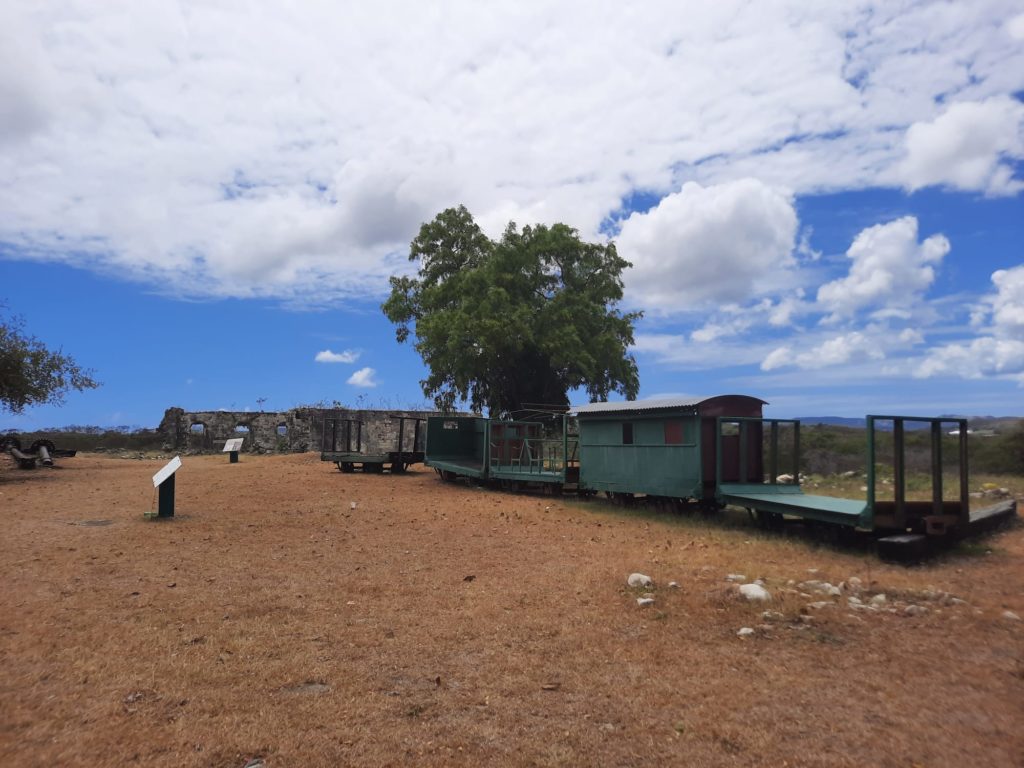
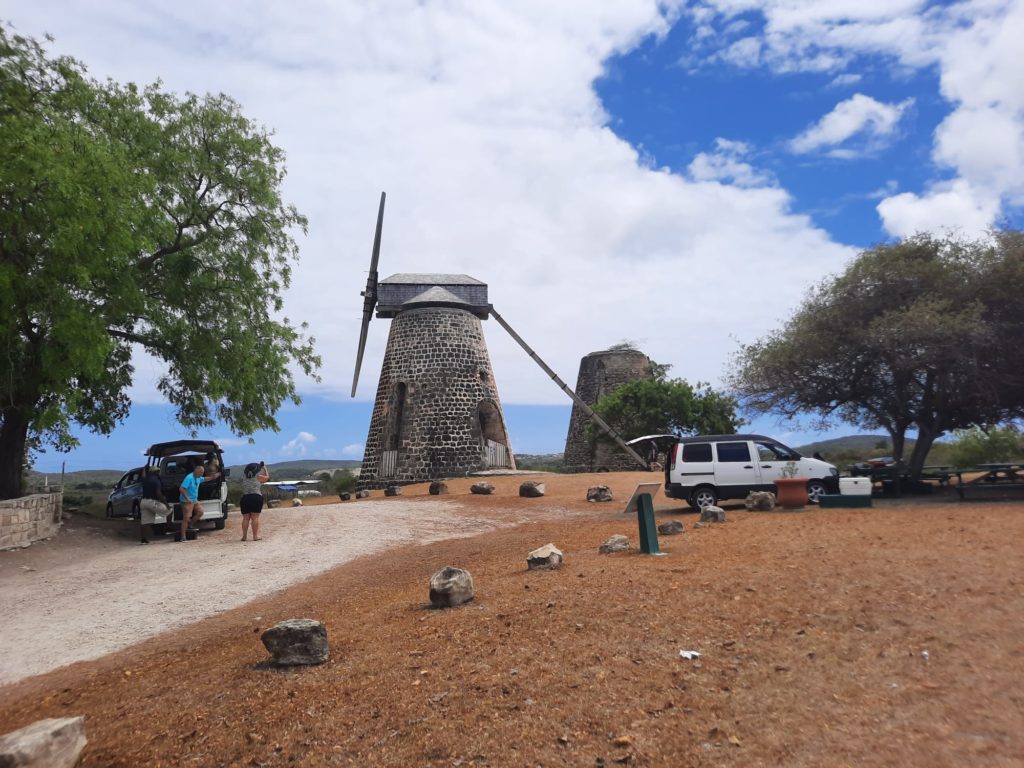
Betty’s Hope And The Development Of The Sugar Industry
We were discussing in the last post how sometimes neglect is a decisive factor in historic survivals. Betty’s Hope is another good example. Over the centuries that it remained in the hands of the Codrington family, technology moved on a lot (Industrial Revolution, anyone?). But some of the earlier infrastructure remained and survived.
In the early days at Betty’s Hope, sugar was extracted from sugarcane by windmills. Once the sugarcane was grown and harvested, it was brought to one of two mills with heavy rollers to crush the juice out of it. Initially two rounds of crushing only extracted 60% of the cane juice, but this improved with a few tweaks. An underground vat held the juice before it was transported to a boiling house. Once boiled and stored for a while, the syrup would separate into sugar and molasses. The aim was to make every part of the process productive, so the cane waste was used as fuel for the boiling house, and molasses used to make rum.
Once steam technology existed, this became a more efficient way to process the sugarcane than windmills. But the windmills themselves were useful storerooms and thus survived. Today a mix of buildings remain at Betty’s Hope in different levels of ruin. Together they tell the story of sugar production over the centuries, as well as life on the plantation. When Betty’s Hope was restored in the 1990s, a decision was taken to restore one windmill, and leave the other one as is. Today the restored windmill only operates on special occasions, due to the fragility of the stone walls.
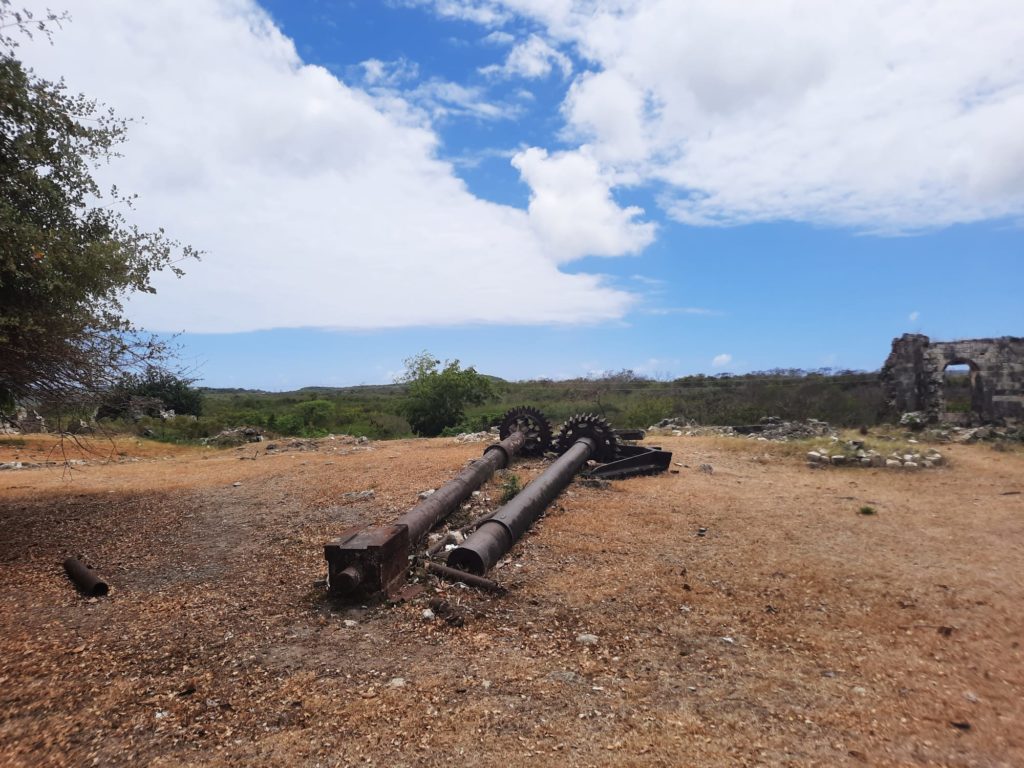

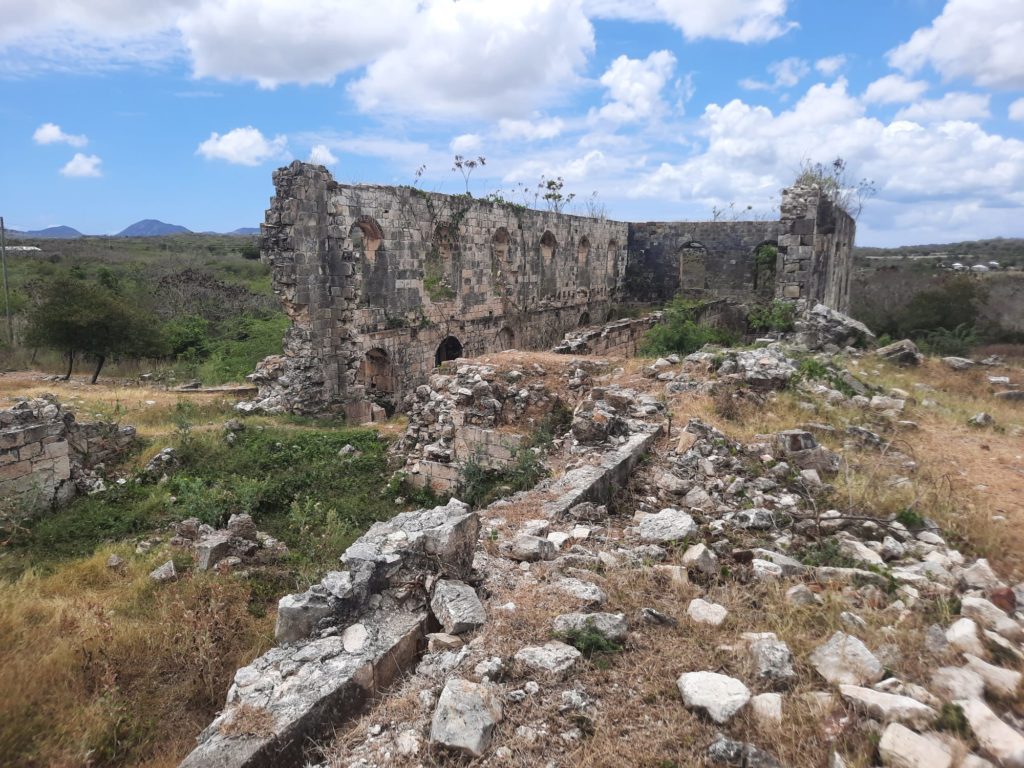
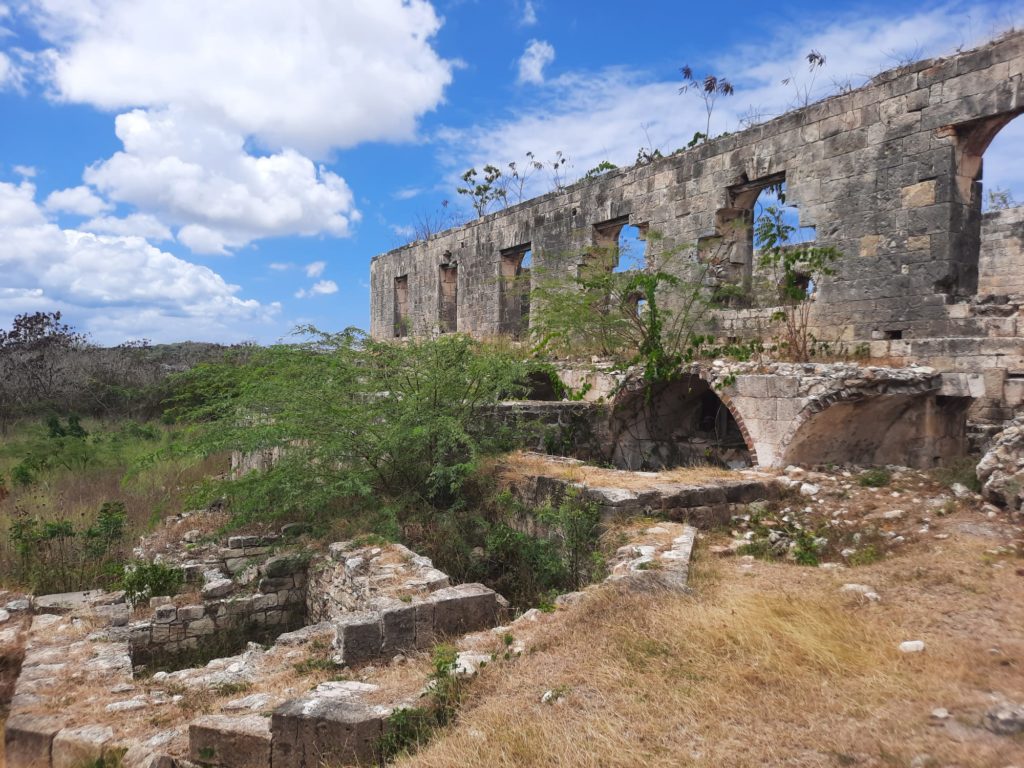
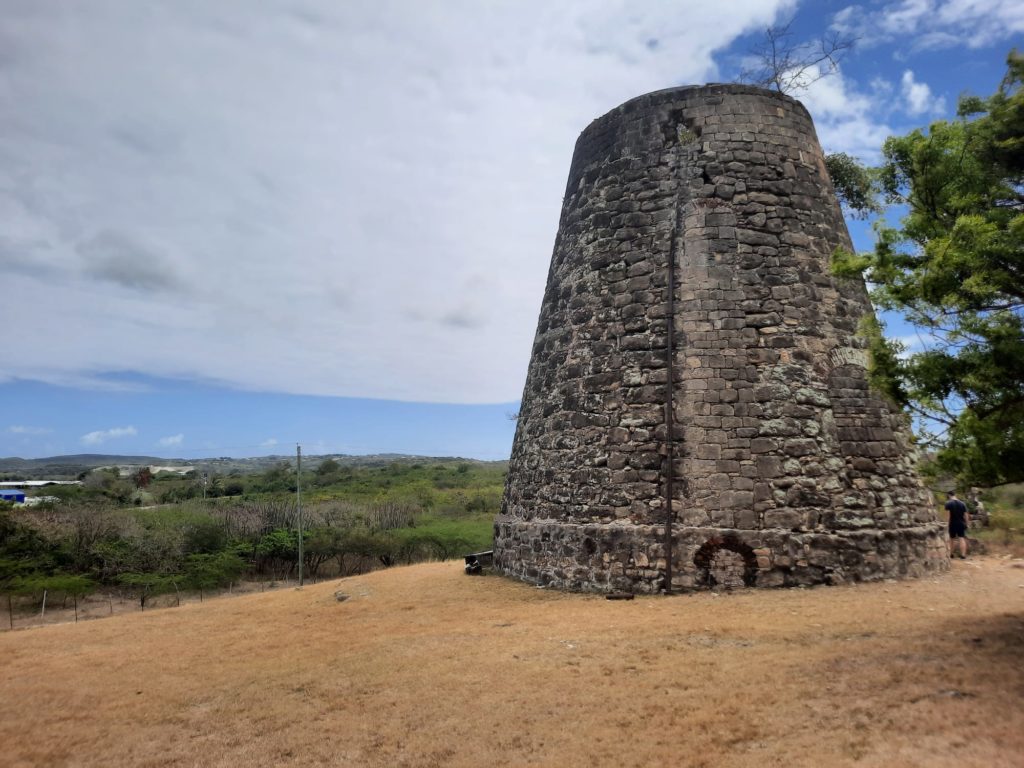
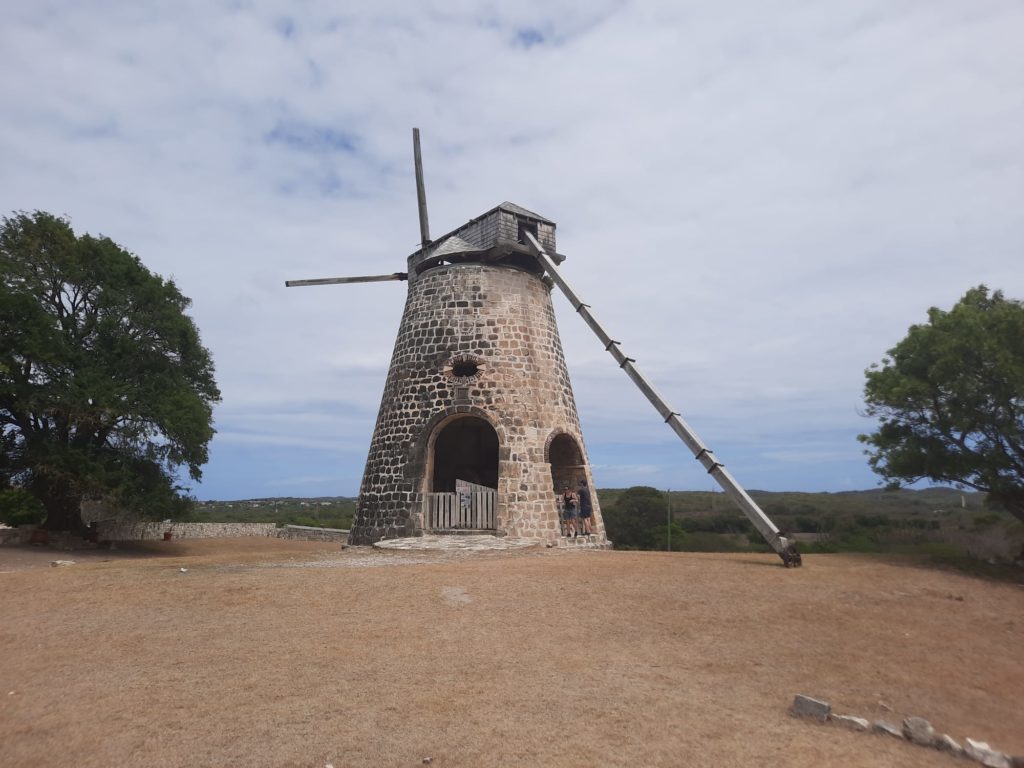
What To Expect As A Visitor
Betty’s Hope is not particularly close to anywhere you might be staying as a visitor to Antigua. This means you have a couple of options. If you have a car, no problem. If you don’t but you’re planning to do an organised daytrip around the island, it’s probably on the itinerary. Or you could go by taxi, either as a dedicated expedition or as a detour. This final option is what we did. On the way back from Antigua Nature Tours we asked our driver to go via Betty’s Hope. He waited while we looked around, and we paid him a bit extra for the additional stop. Rather easy in the end.
Betty’s Hope is essentially an open air museum, but does have a small museum building on site. When you arrive you will be guided in here, to orient yourself but also to pay an entrance donation. Then you’re free to wander around the ruined buildings and information panels. I would estimate 30 to 45 minutes is a good time to spend here. I suspect if you tried to go off properly exploring the ruins you would be asked to come back, but I didn’t test this theory. There are no real facilities other than the museum, but there is a shady spot with seating at the top of the hill.
A lot of archaeological excavation has been done at Betty’s Hope by different institutions. Some of the resulting information has found its way back into the information panels, helping to supplement what you can see. This is particularly important in the case of the enslaved workers’ housing. Because the buildings employed more modest materials, little trace remains above ground. Archaeological work within the last decade has revealed more, including pottery fragments and intriguing examples of stone walls within the slave quarters. There is also a recreated hut to give an idea of the contrast between these buildings and the rest.
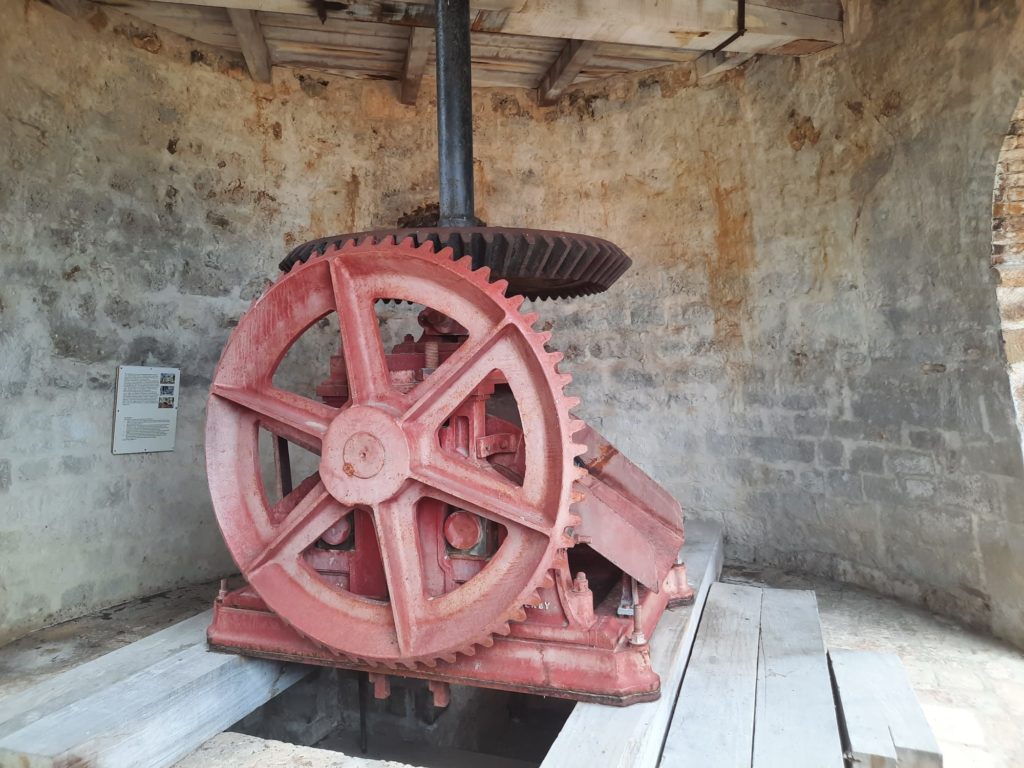
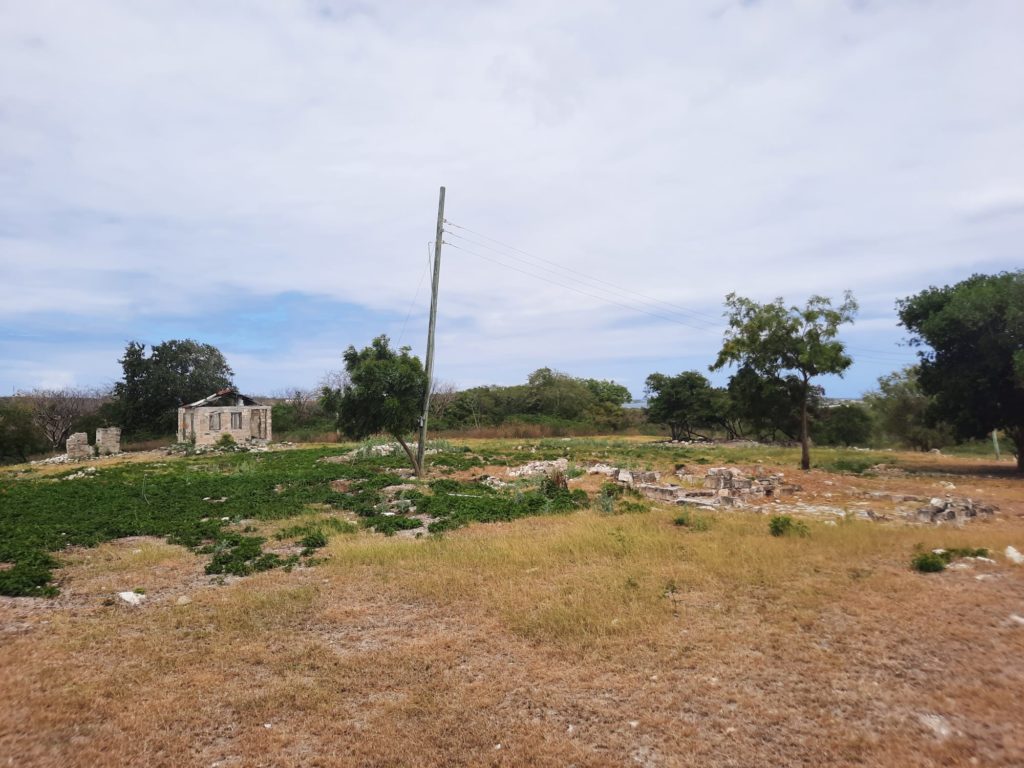
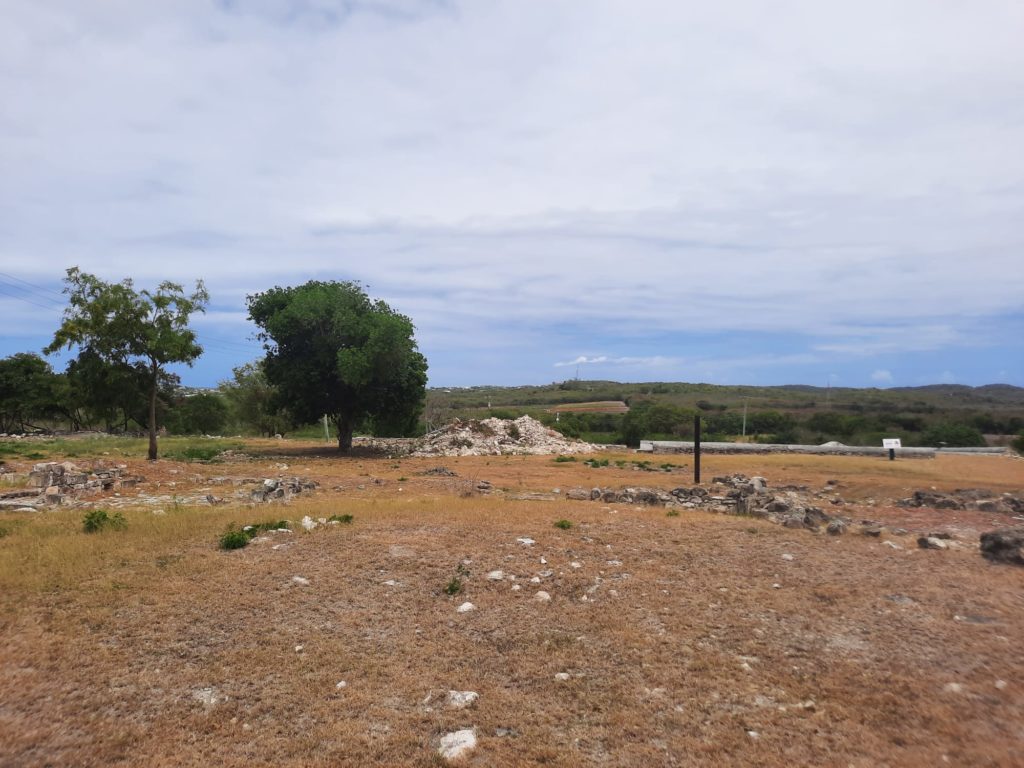
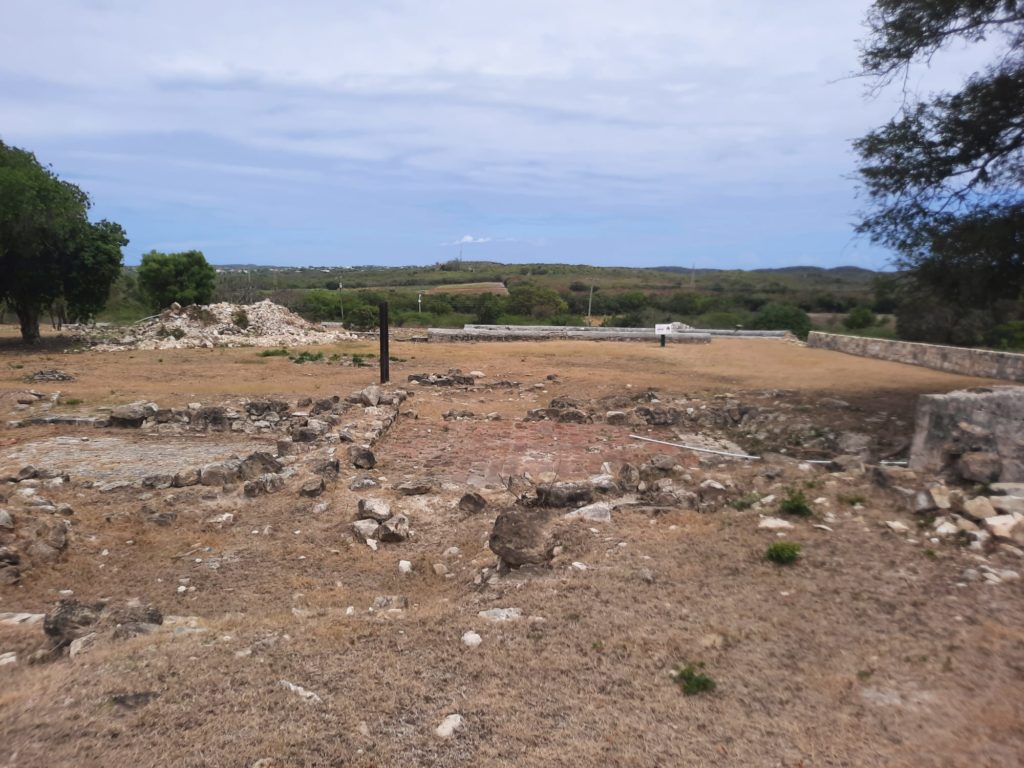
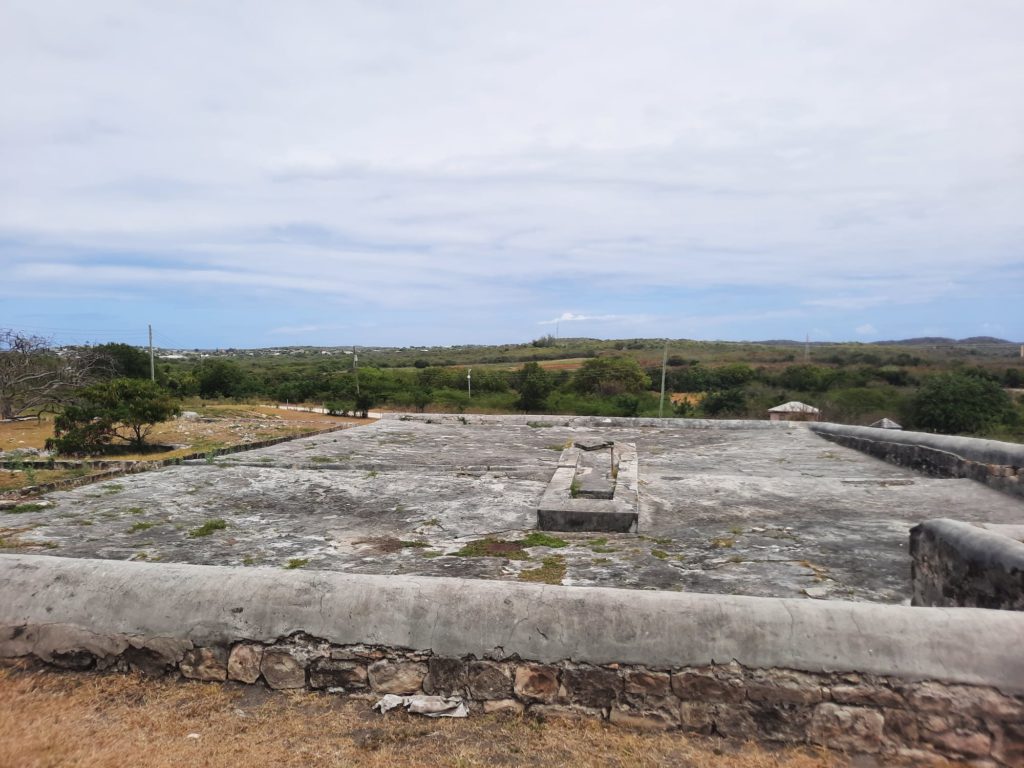
Final Thoughts On Betty’s Hope
Of all the places I visited while I was in Antigua and Barbuda, Betty’s Hope was the one that helped me to understand more about the islands’ colonial life and economy. Nelson’s Dockyard, as we’ve discovered, surfaces the connection to the trade in and labour of enslaved people. Yet there is something more immediate about seeing the infrastructure built to process sugarcane grown and harvested by those same workers. It’s part history museum and part memorial to the circumstances in which the ancestors of today’s citizens arrived in the country.
At the same time, a site with so many centuries’ history is never just one thing. Betty’s Hope is also a good place to learn more about the technologies that supported the sugar industry, and how they changed. It’s also an embodiment of the changing economic structures in the West Indies, the story of colonialism and independence, and how heritage is understood and valued in different ways at different times. Whatever your motivation for coming here, you will learn something interesting.
Betty’s Hope was at the top of the list of places I wanted to see on my trip to Antigua. I’m glad I made it here, and encourage you to do the same. Failing that, if you make it to St John’s, there is a corner of the Museum of Antigua and Barbuda dedicated to Betty’s Hope, its history, and recent excavations there.
Salterton Arts Review’s rating: 3.5/5
Trending
If you see this after your page is loaded completely, leafletJS files are missing.

